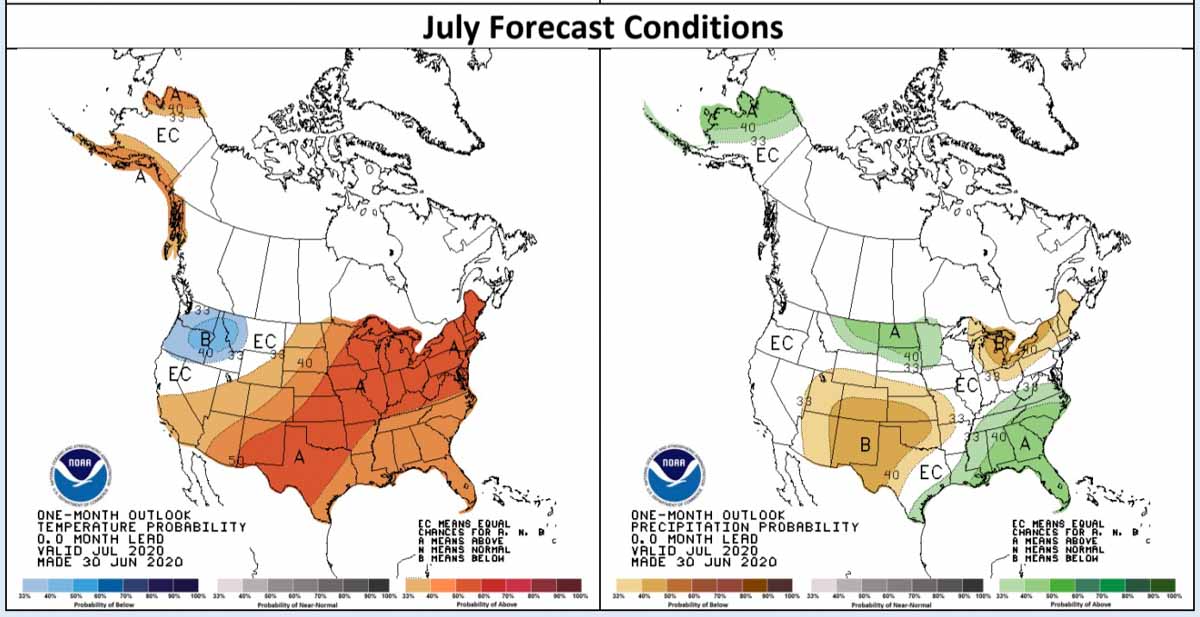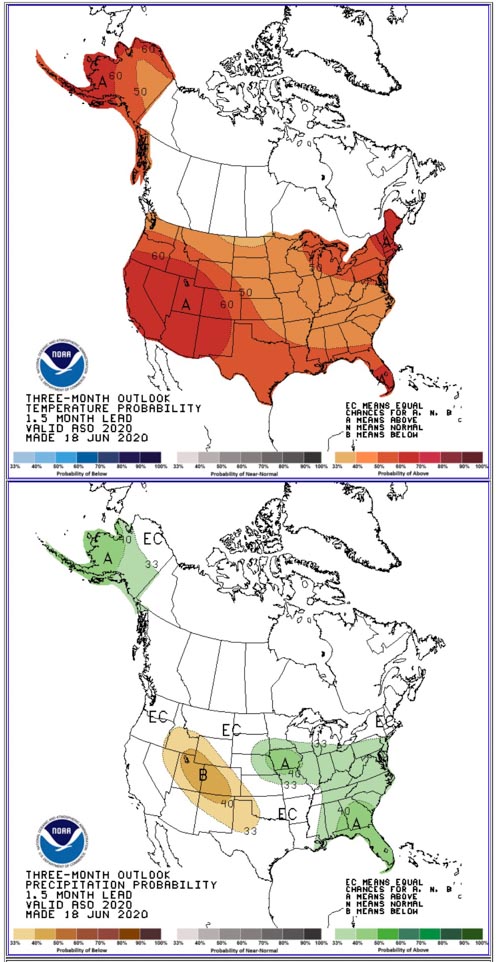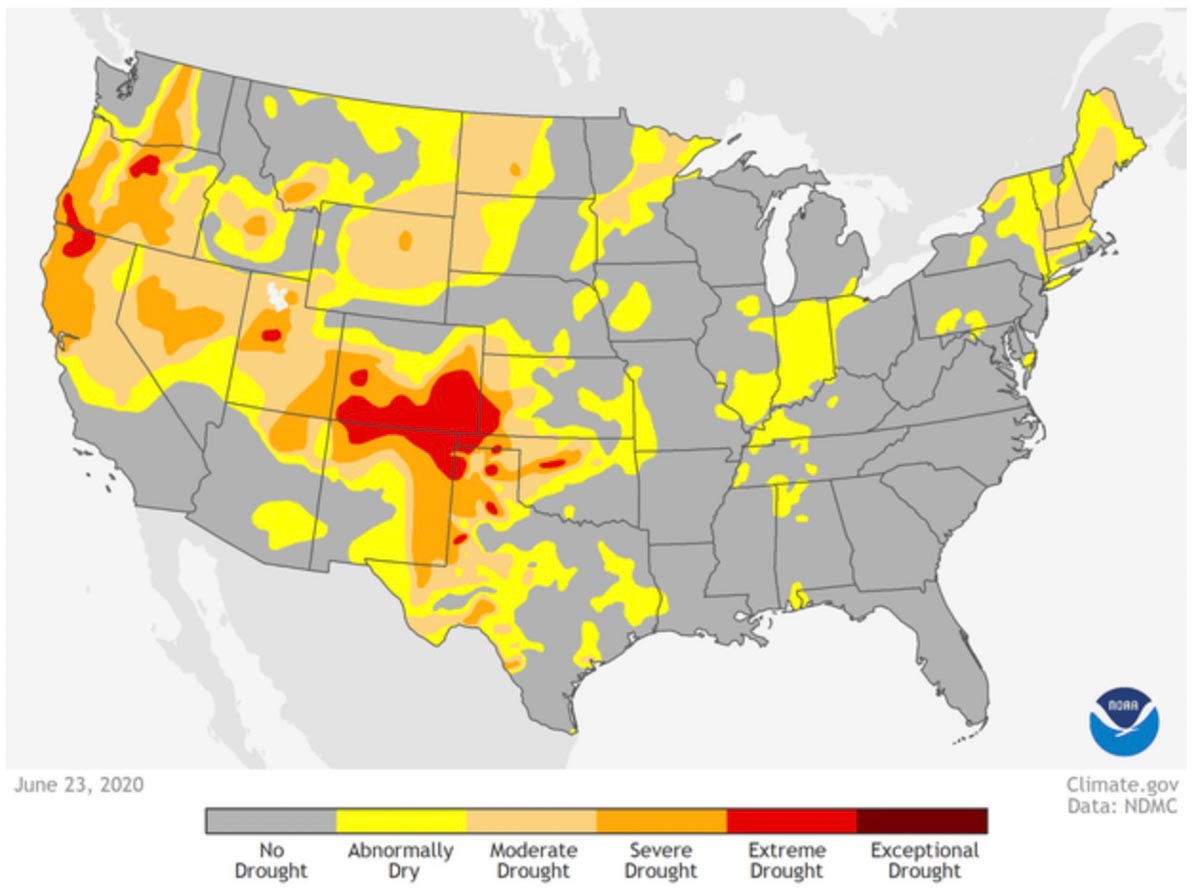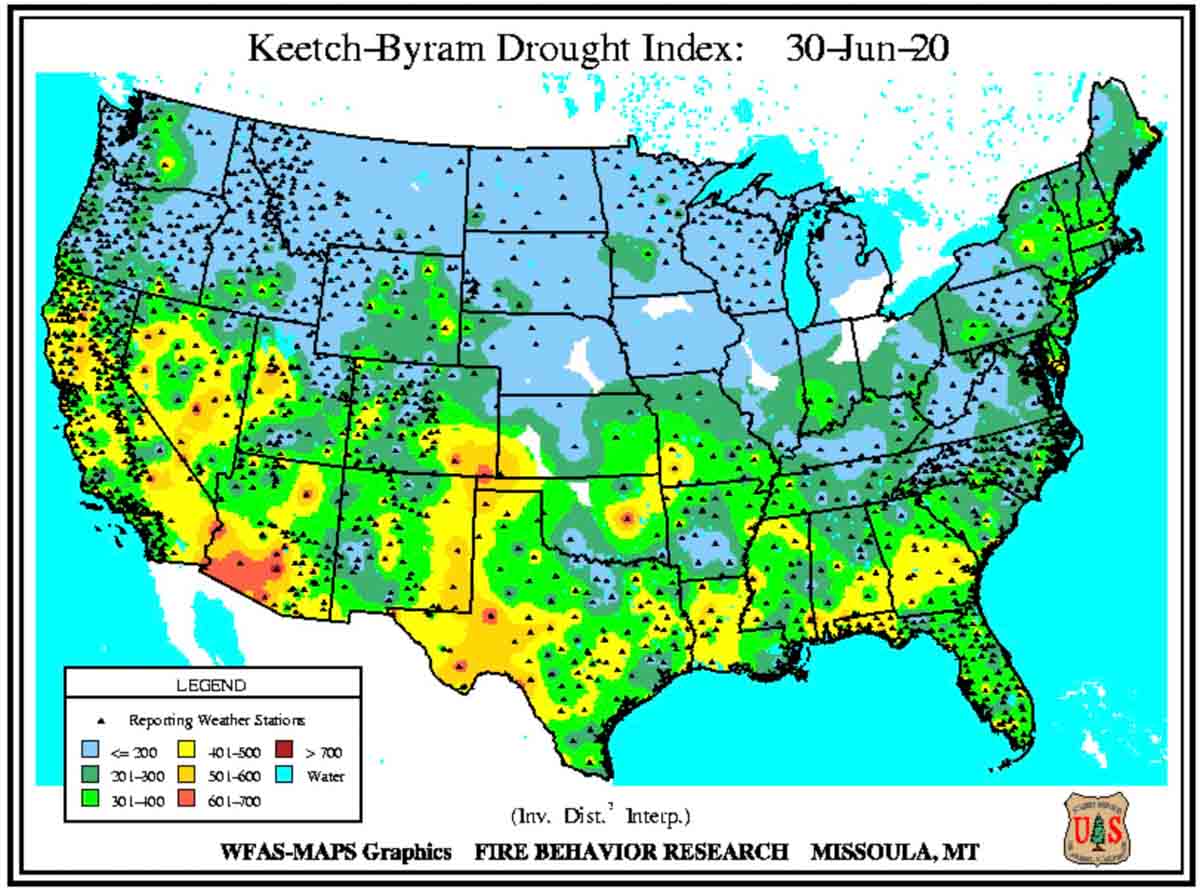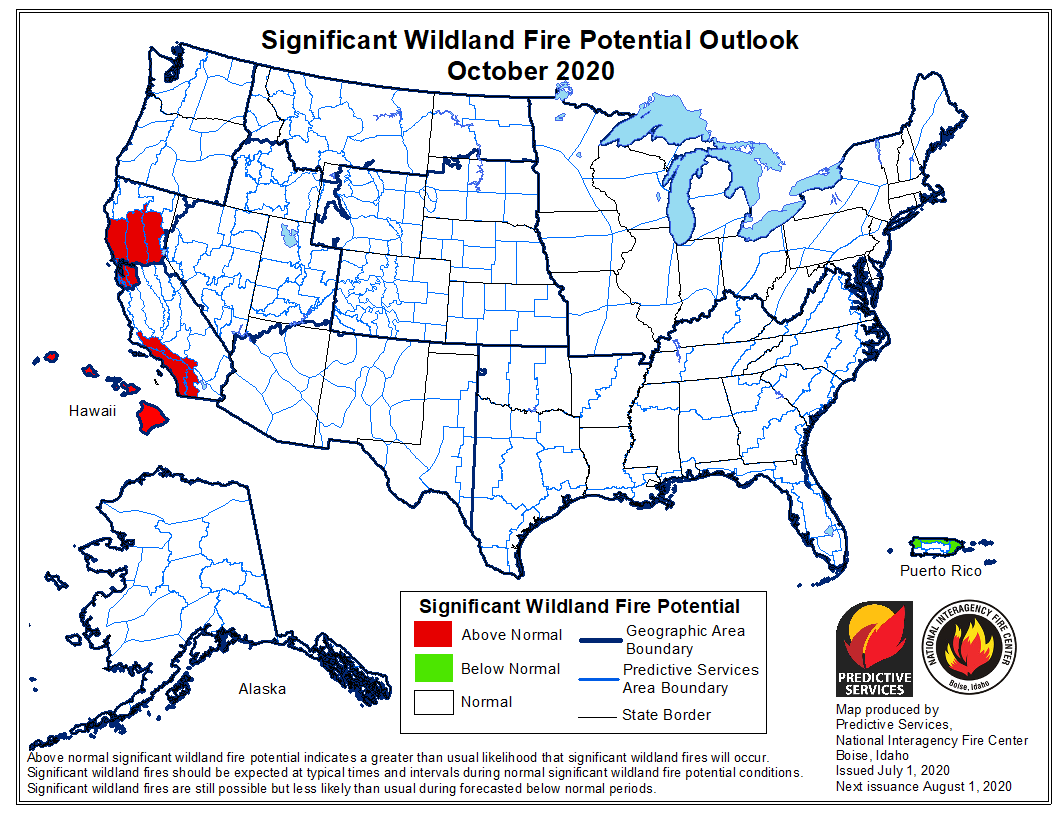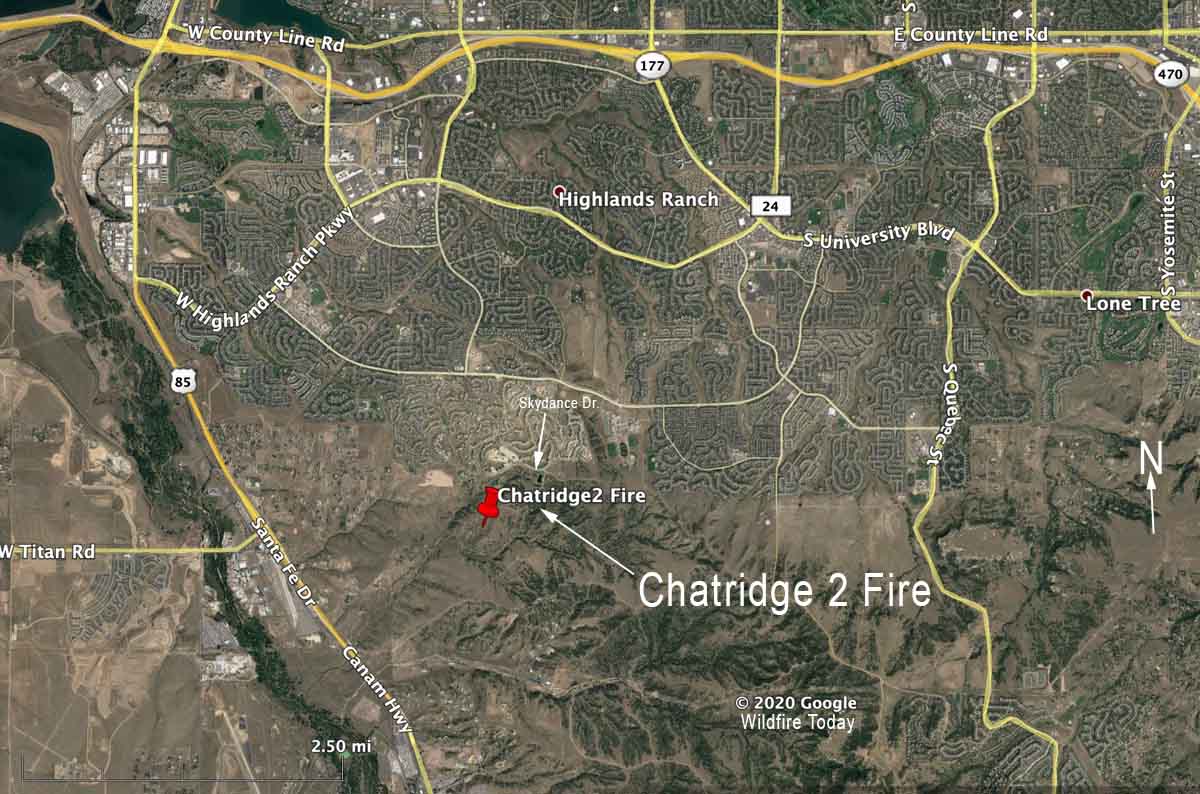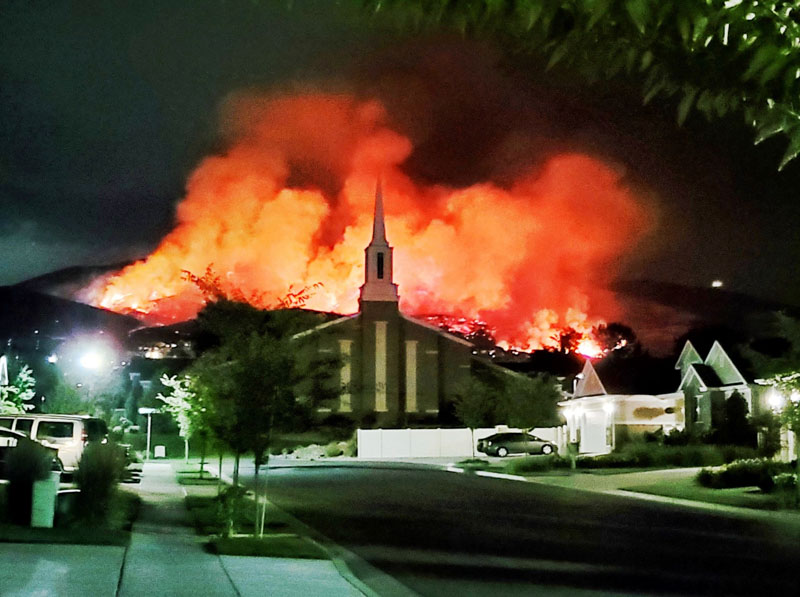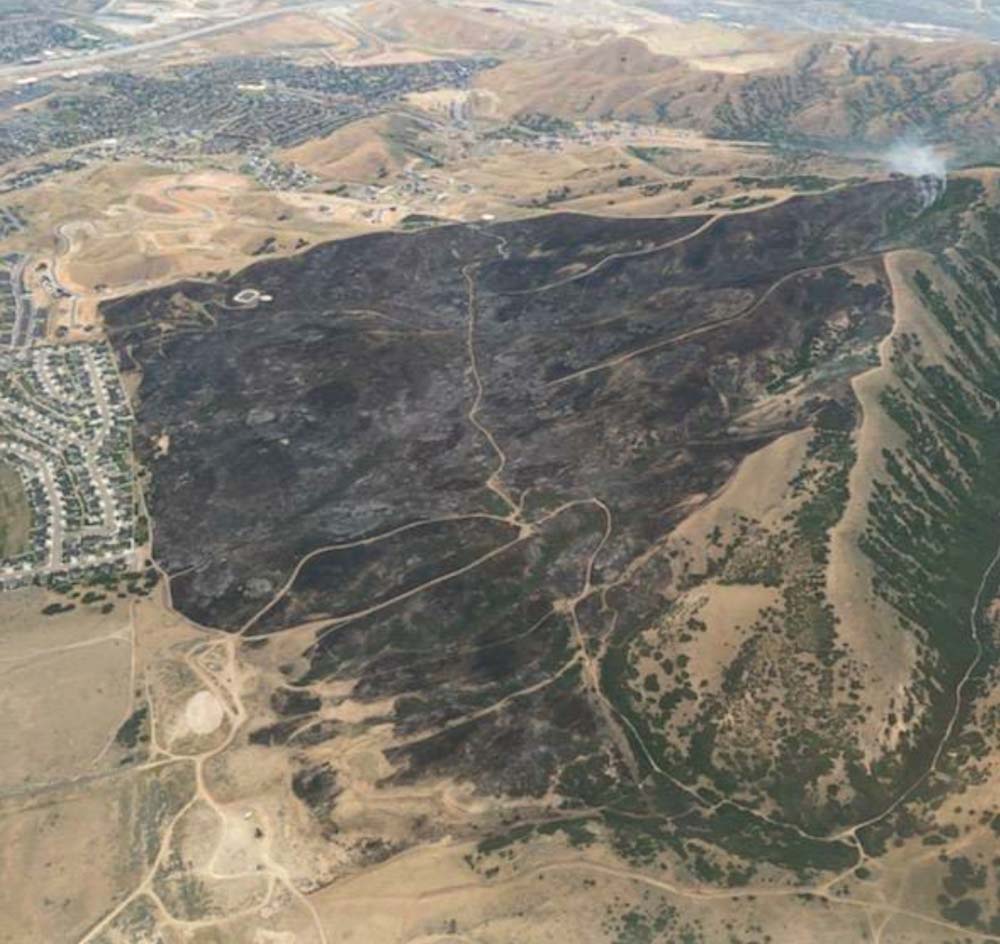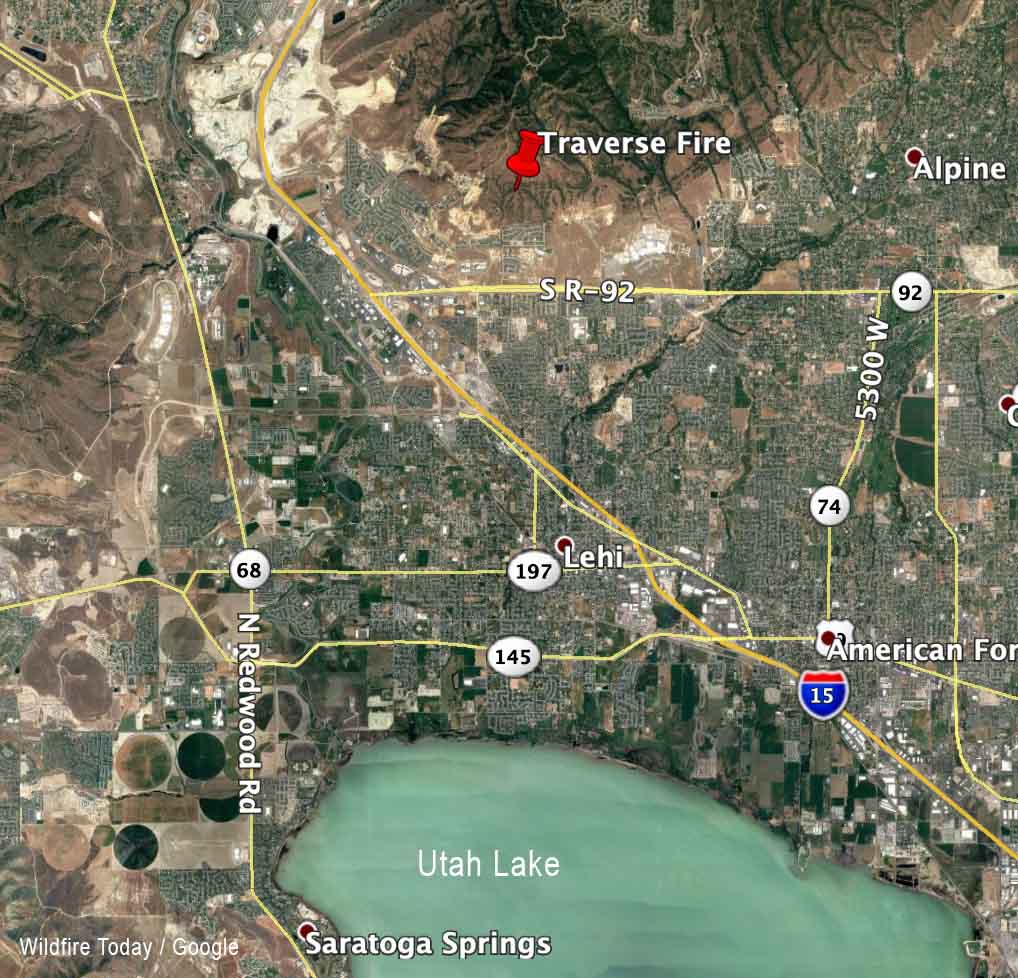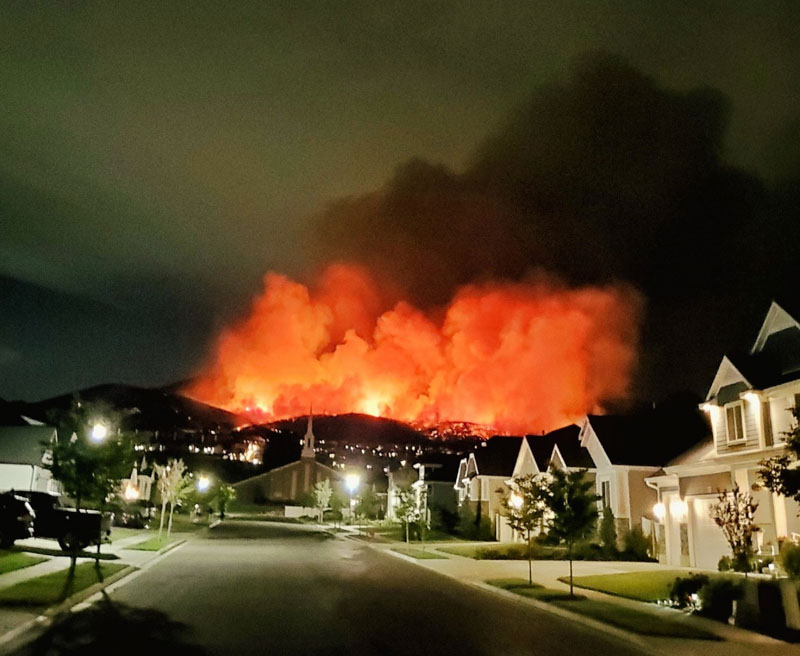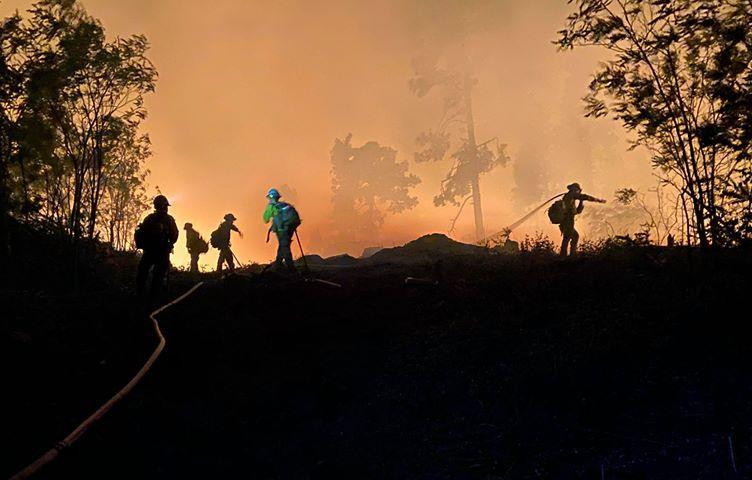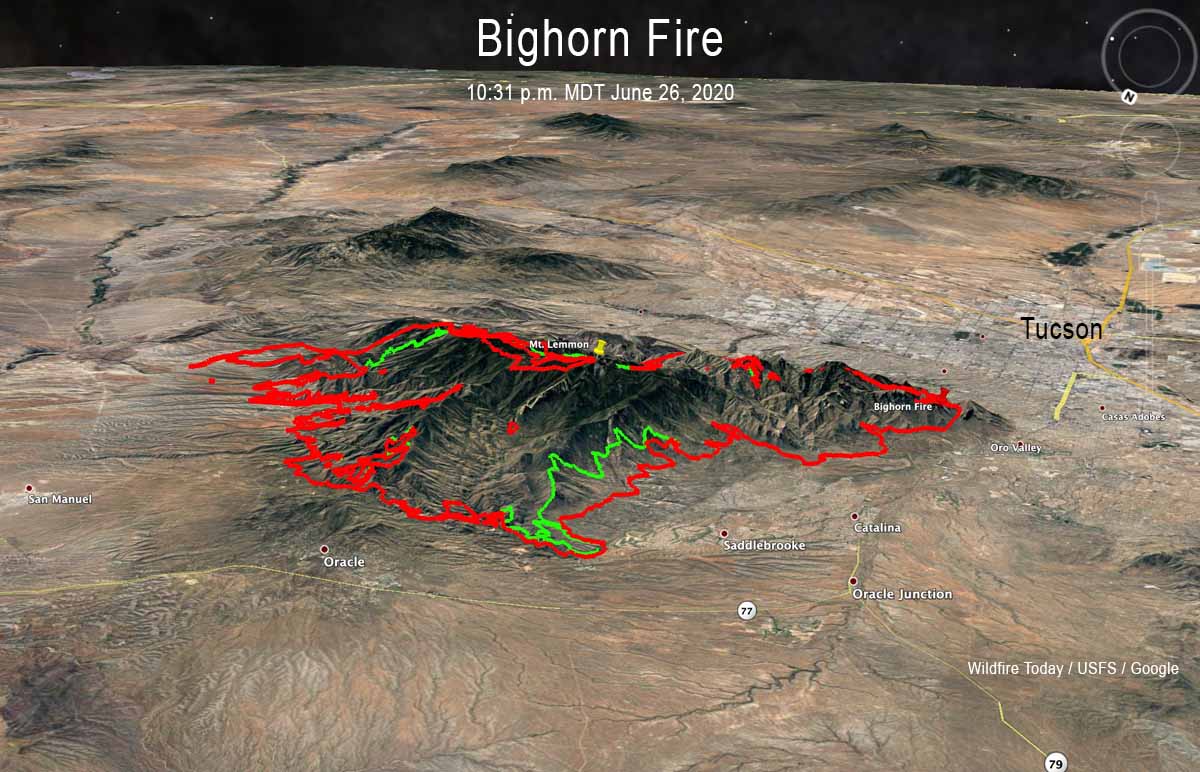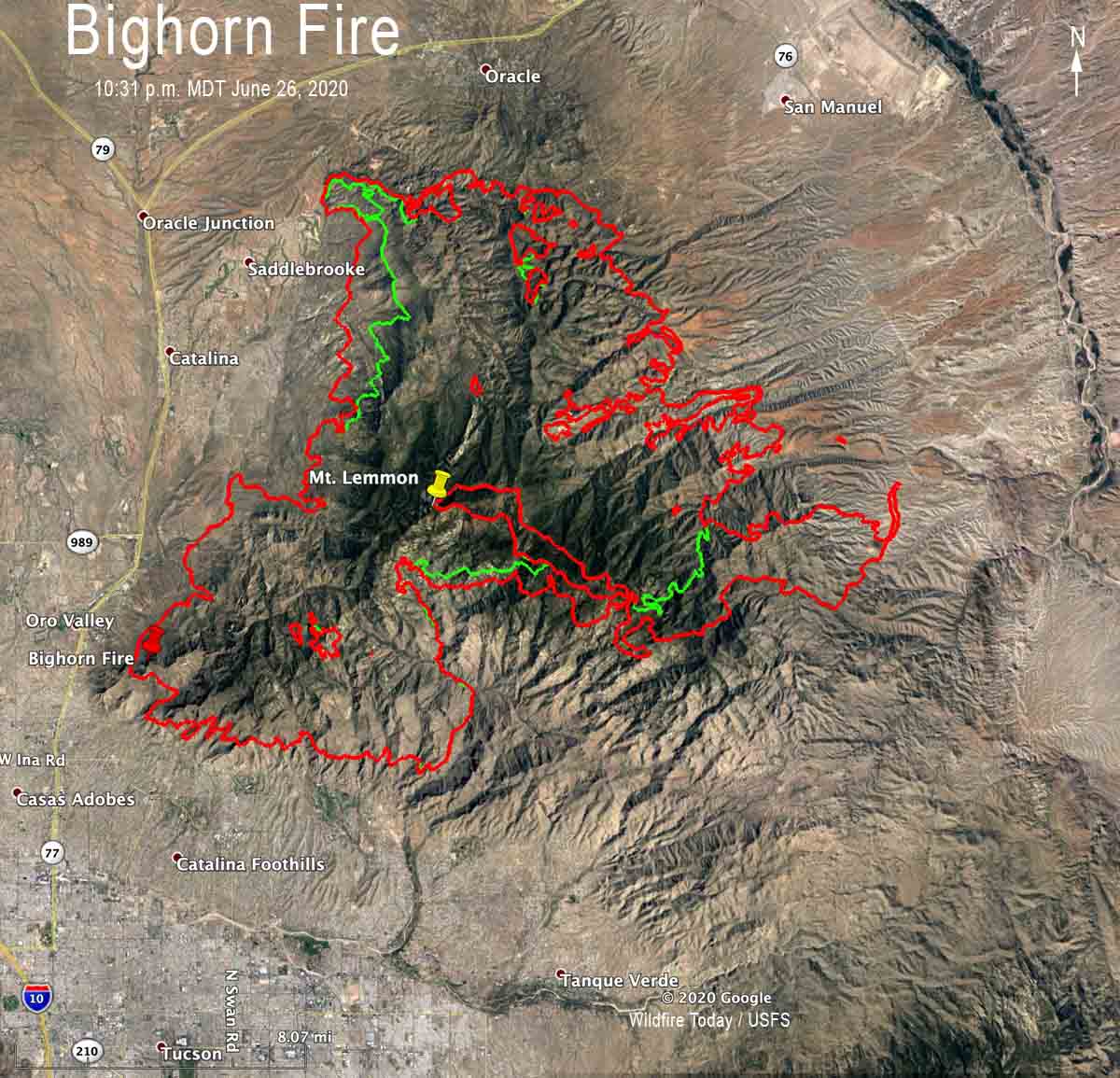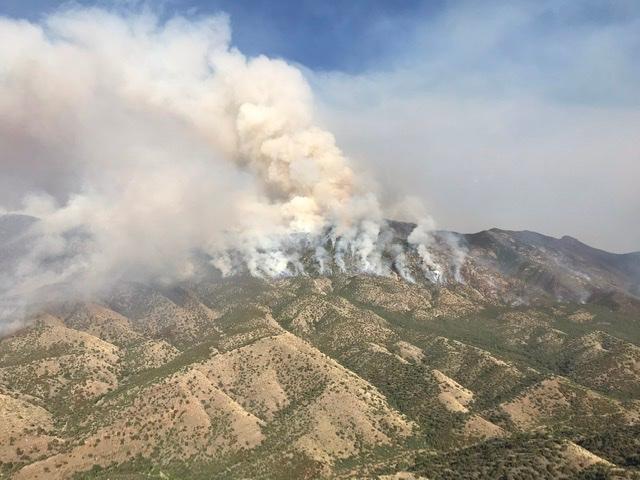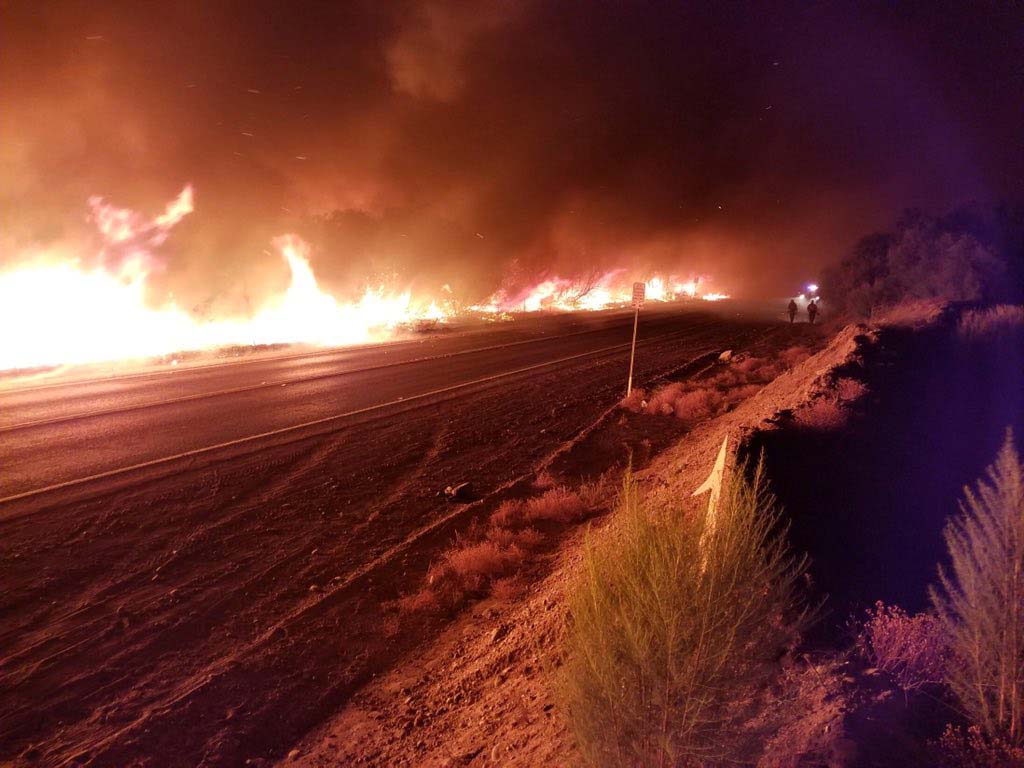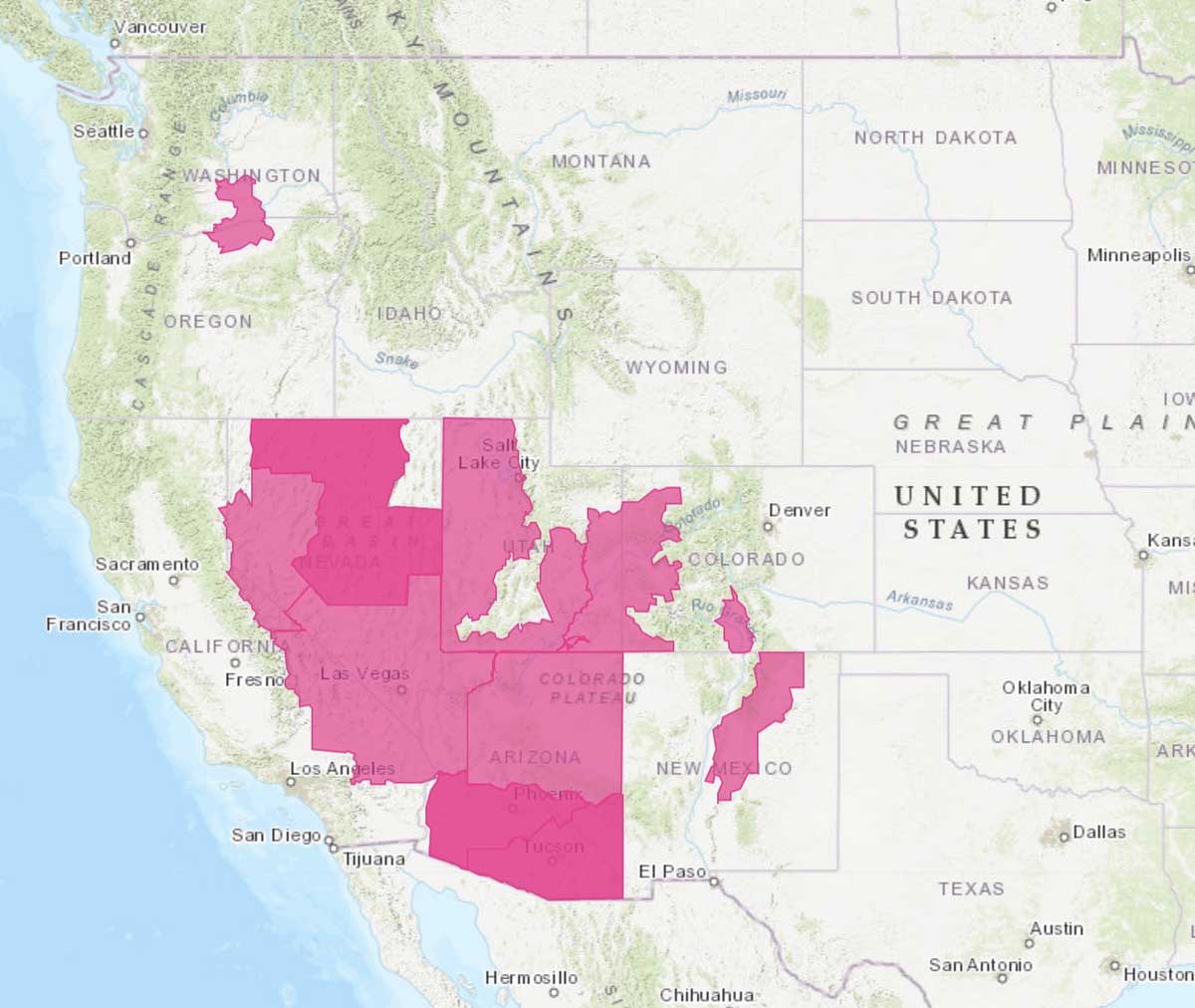Today the Predictive Services section at the National Interagency Fire Center issued their National Significant Wildland Fire Potential Outlook for July through October.
In July and August above normal wildfire potential is predicted to grow west and north across northern California, the Great Basin and the Central Rockies then expand into the Pacific Northwest and the Northern Rockies.
The data from NIFC shown here represents the cumulative forecasts of the ten Geographic Area Predictive Services Units and the National Predictive Services Unit.
Below:
- An excerpt from the NIFC narrative report for the next several months;
- More of NIFC’s monthly graphical outlooks;
- NOAA’s three-month temperature and precipitation forecasts;
- Drought Monitor;
- Keetch-Byram Drought Index.
“Precipitation was below average in June across most of the country except across the Pacific Northwest where amounts were generally 150% of average or greater. Areas of concern emerged across California, the Great Basin, and Arizona where less than 5% of monthly precipitation was received. Temperatures were generally a few degrees above normal along the Pacific Coast and a few degrees below normal across the Interior West. In the East, temperatures were generally near normal in June.
“July is the entry point into the core of the Western Fire Season. As the season sequentially expands west and north across California, the Great Basin and the Central Rockies into the Northern Rockies and the Pacific Northwest, it will encounter areas of intensifying and expanding drought. This will lead to Above Normal significant large fire potential across large portions of the Great Basin and Northern California that will expand further north into the Pacific Northwest and Northern Rockies in August and September.
“The elevated potential in southwestern areas will begin to diminish with the arrival of the monsoon in early July. Activity will linger into mid-September in northern areas until the seasonal transition begins and begins to bring the season to a close. In Alaska, significant large fire activity will become less frequent in late July as returning moisture events gradually reduce the fire potential.”
